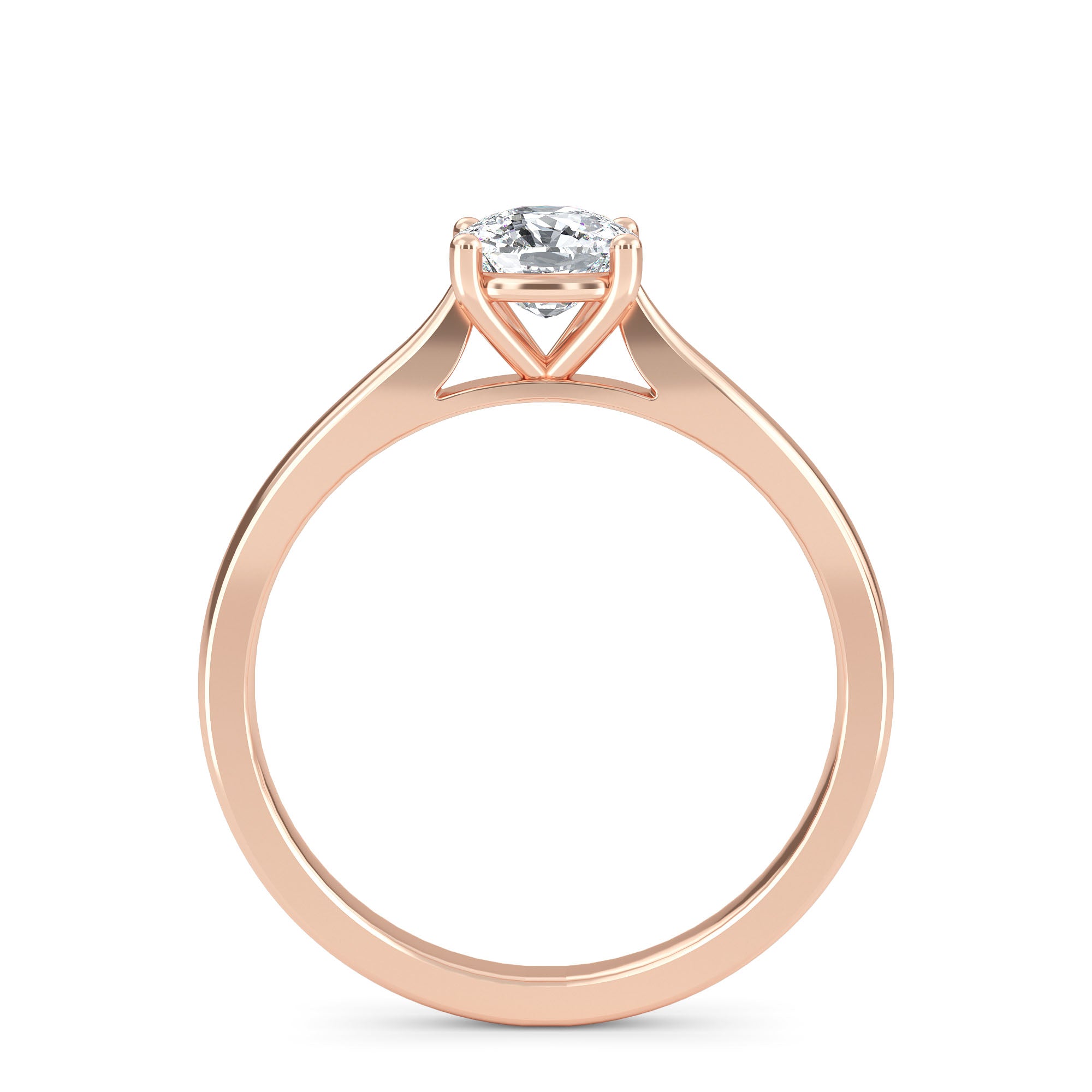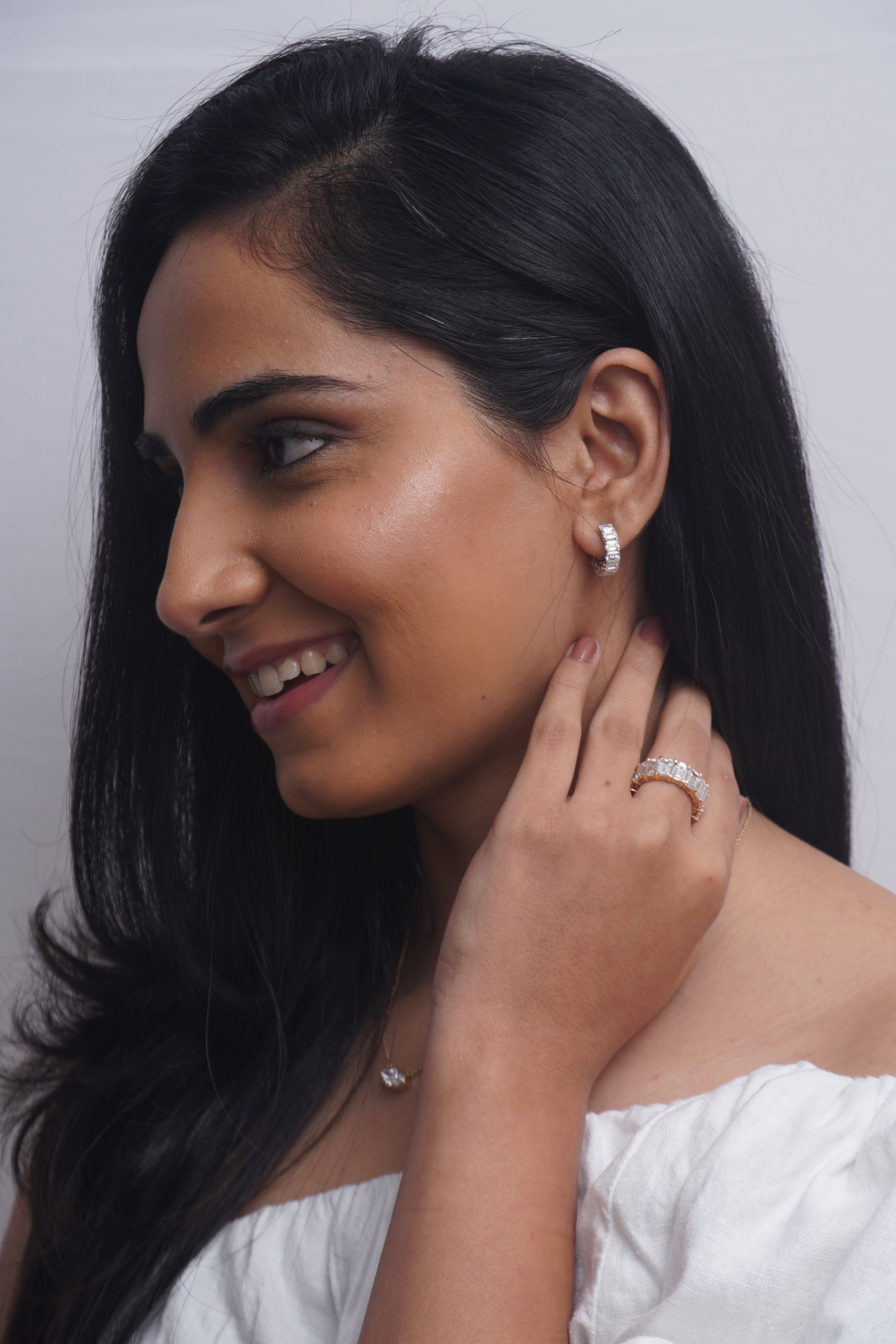The 4 C's of a diamond are essential characteristics used to assess and describe the quality and value of a diamond. These four characteristics are universally recognized in the diamond industry and serve as a standard for evaluating and comparing diamonds. The 4 C's are:
- Carat Weight: Carat weight refers to the size of a diamond and is one of the most apparent characteristics. One carat is equivalent to 200 milligrams or 0.2 grams. Diamonds are typically sold in various carat weights, and the price tends to increase with the size. Larger diamonds are rarer, making them more valuable, but the overall value of a diamond is also influenced by the other three C's.
- Clarity: Clarity measures the presence of internal and external flaws, known as inclusions and blemishes, respectively. These are natural characteristics that occurred during the diamond's formation process deep within the Earth. Clarity is graded on a scale that ranges from "Flawless" (no inclusions or blemishes visible under 10x magnification) to "Included" (inclusions and/or blemishes visible to the naked eye). The higher the clarity grade, the more valuable the diamond.
- Color: Diamond color refers to the lack of color in a white diamond. The Gemological Institute of America (GIA) grades diamond color on a scale that ranges from D (colorless) to Z (light yellow or brown). Truly colorless diamonds (D-F) are rare and highly valued, while diamonds with a more noticeable color tint (G-Z) are less valuable. Fancy colored diamonds (e.g., blue, pink, yellow) are a different category and are graded on a separate scale.
- Cut: Cut refers to how well a diamond's facets interact with light, affecting its brilliance, fire, and overall beauty. It is essential to distinguish between the diamond's shape (e.g., round, princess, oval) and its cut quality. Cut quality is graded from "Excellent" to "Poor," with factors like proportions, symmetry, and polish considered in the assessment. A well-cut diamond reflects light effectively, making it more visually stunning.
It's important to note that the 4 C's interact with each other, and finding the right balance among these characteristics is crucial to selecting a diamond that suits your preferences and budget. Additionally, while the 4 C's provide a standardized way to evaluate diamonds, personal preferences and emotional significance also play a significant role in choosing the perfect diamond. For the best understanding of a diamond's quality, it is recommended to obtain a diamond grading report from a reputable gemological laboratory such as GIA, AGS (American Gem Society), or IGI (International Gemological Institute).













